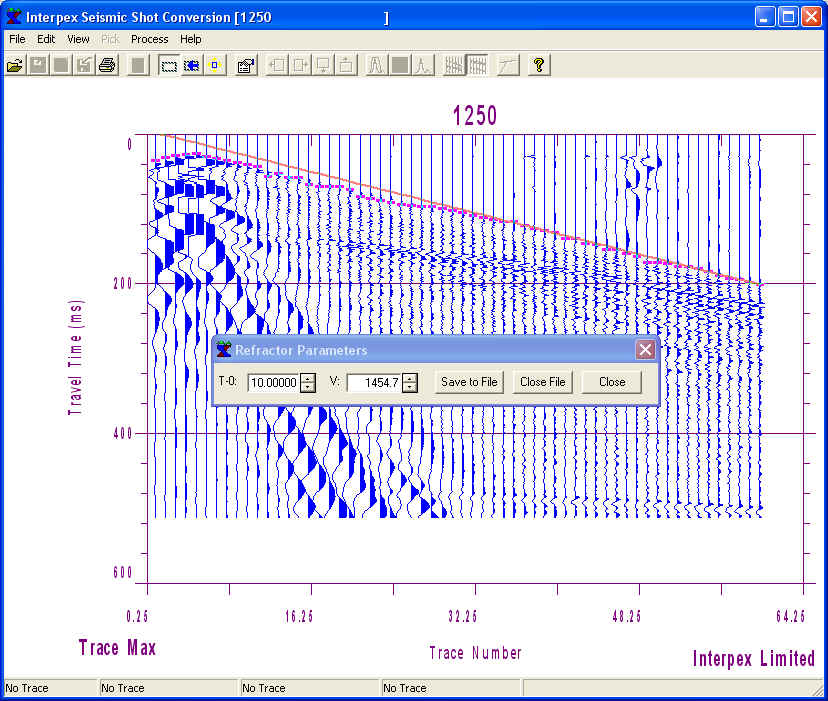Ebcdic File Viewer

V vs Notepad V will automatically recognize most EBCDIC files. Below left is a screen shot of V displaying an EBCDIC file. Below right shows what the same file. File Commander allows to do it. Check IBM Mainframe Discussion List wrote: >>Does anybody know where I can one of these?

With the 1964 EBCDIC character set. Contrast at top enhanced to show the printed characters. EBCDIC was devised in 1963 and 1964 by and was announced with the release of the line of mainframe. It is an eight-bit character encoding, developed separately from the 7-bit encoding scheme. It was created to extend the existing (BCD) Interchange Code, or, which itself was devised as an efficient means of encoding the two zone and number punches on into 6 bits. The distinct encoding of 's' and 'S' (using position 2 instead of 1) was maintained from where it was desirable not to have hole punches too close to each other to ensure the integrity of the physical card.
While IBM was a chief proponent of the ASCII standardization committee, the company did not have time to prepare ASCII peripherals (such as card punch machines) to ship with its System/360 computers, so the company settled on EBCDIC. How To Install Gnome On Netbsd Wiki. The System/360 became wildly successful, together with clones such as,, and Fujitsu FACOM, thus so did EBCDIC.
All IBM mainframe and and use EBCDIC as their inherent encoding (with toleration for ASCII, for example, in can browse and edit both EBCDIC and ASCII encoded files). Software and many hardware peripherals can translate to and from encodings, and modern mainframes (such as IBM ) include processor instructions, at the hardware level, to accelerate translation between character sets. There is an EBCDIC-oriented called proposed by the Unicode consortium, designed to allow easy updating of EBCDIC software to handle Unicode, but not intended to be used in open interchange environments. Even on systems with extensive EBCDIC support, it has not been popular. For example, z/OS supports Unicode (preferring specifically), but z/OS only has limited support for UTF-EBCDIC. Running on the and its descendants including the,, and operating systems running on the and its descendants use ASCII, as did and running on and mainframes. Compatibility with ASCII [ ] The fact that all the code points were different was less of a problem for inter-operating with than the fact that sorting EBCDIC put lowercase letters before uppercase letters and letters before numbers, exactly the opposite of ASCII.
Software portability and data exchange are hindered by EBCDIC's lack of codes for several symbols (such as the brace characters) commonly used in programming and in network communications. The gaps between letters made simple code that worked in ASCII fail on EBCDIC. For example, ' for (c='A';c.
Further information: The table below is based on, one of the code page variants of EBCDIC; it shows only the basic (English) EBCDIC characters. Characters 00–3F and FF are, 40 is, 41 is ( RSP: 'Required Space'), E1 is ( NSP: 'Numeric Space'), and CA is.
Characters are shown with their equivalent codes. Unassigned codes are typically filled with international or region-specific characters in the various EBCDIC variants, but the punctuation marks and other special characters, such as, are often moved around as well; only the letters and numbers and space have the same assignments in all EBCDIC code pages. In each table cell below, the first row is an abbreviation for a control code or (for printable characters) the character itself; the second row is the Unicode code (blank for controls that don't exist in Unicode); and the third row is decimal value of the EBCDIC code. — The Jargon file 4.4.7 EBCDIC design was also the source of many jokes. One such joke went: Professor: 'So the American government went to IBM to come up with an, and they came up with—' Student: 'EBCDIC!'